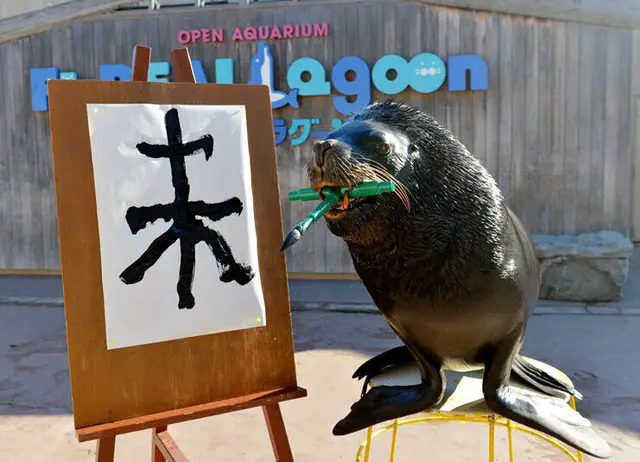Australian scientists, led by Australian of the year Michelle Simmons, have made a significant step in creating a world-beating, single-atom quantum computer.
Simmons and her Australian team announced on Wednesday they had built quantum bits, known as qubits, from single phosphorus atoms in silicon, that could communicate and correlate with each other.
Quantum computing is a field of science that aims to replace the building blocks of traditional computing, known as bits, with quantum particles.
While classic bits can have a value of only 0 or 1, quantum bits can exist in multiple states at once. This means they can be thousands of times more efficient and potentially revolutionise computing. A working quantum computer could solve, in minutes, a problem that would take a classic computer thousands of years.
Simmons said a process known as “entanglement” was crucial to this development.
Entanglement allows one quantum particle to communicate with and affect the state of another, which allows them to transfer information at any even more efficient rate.
Simmons’s research proved the qubits the team developed were correlating with each other, which was a promising sign of entanglement.
While other qubits have previously been entangled, it has never successfully been demonstrated in silicon with single atoms, both of which provide a much higher accuracy and reliability.
“In the silicon field, nobody has yet demonstrated that in those single atom systems,” Simmons told Guardian Australia. “The single atom systems are the ones showing the longest coherence times and very high accuracies.
“Other qubits are physically bigger and you can scale them to be bigger, but they are limited by their coherence. You get coherence times becoming really long the smaller you can make them – and single atoms are the smallest you can go.”
Silicon qubits, according to Simmons, are the best long term option for quantum computing. Qubits with low levels of coherence are prone to errors and are too unreliable for calculations.
The current entanglement record is 10 qubits, set in November last year with qubits made of aluminium. On Monday, Google announced they had created a 72 qubit computer – a record for total qubits, but not entangled.
Both developments come as physicists try and reach what is known as “quantum supremacy” – the point at which a current quantum computer can outperform a standard supercomputer.
Google’s team announced they were “cautiously optimistic” that quantum supremacy could be achieved on their device, with more development. According to Simmons, the goal the industry is striving for is 70 entangled qubits.
For their higher-quality silicon model, she is aiming to have one entangled quibit by the end of the year, and 10 entangled within the next five. She says the key to Wednesday’s discovery is that it broke expectations. The new data will improve their model, which will lead to better data – a recursive process that means the first entangled qubit is not far off.
“Our original theory was predicting we need to get our atoms 20 nanometres apart before they talk to each other. It’s actually 16. In the quantum world, that’s massive.
“There’s nothing to prohibit us getting them closer. The great thing is that the devices are small enough that we can make predictive models for the theory. Every time we get results we benchmark that with a theory and that helps us understand the system so much better.
“We’re using what we’re building to help us build it. It’s kind of funny for me.”
(THE GUARDIAN)
 简体中文
简体中文



